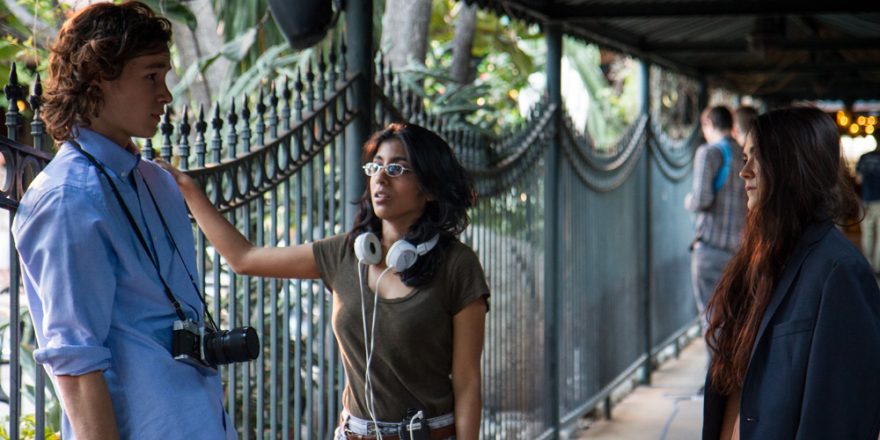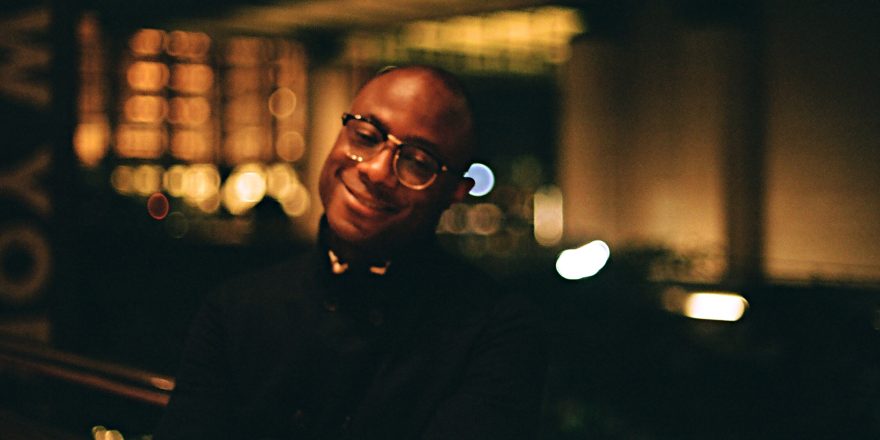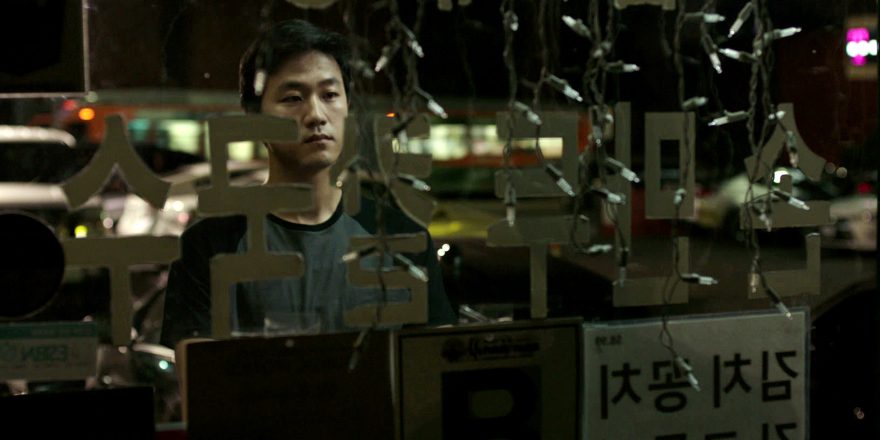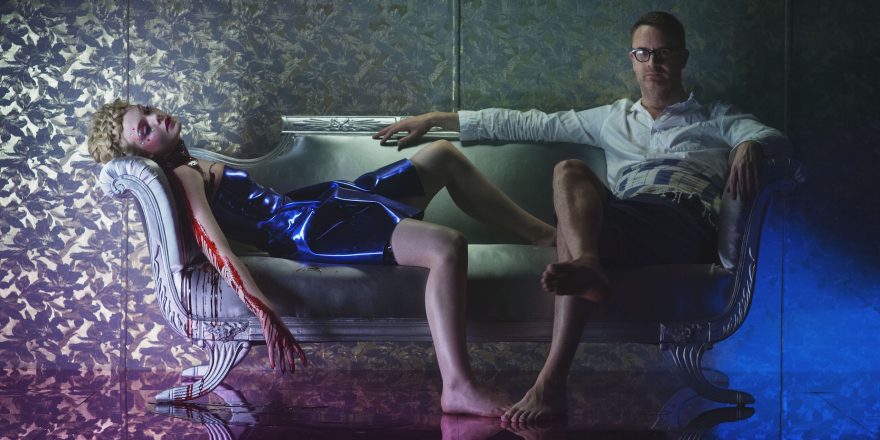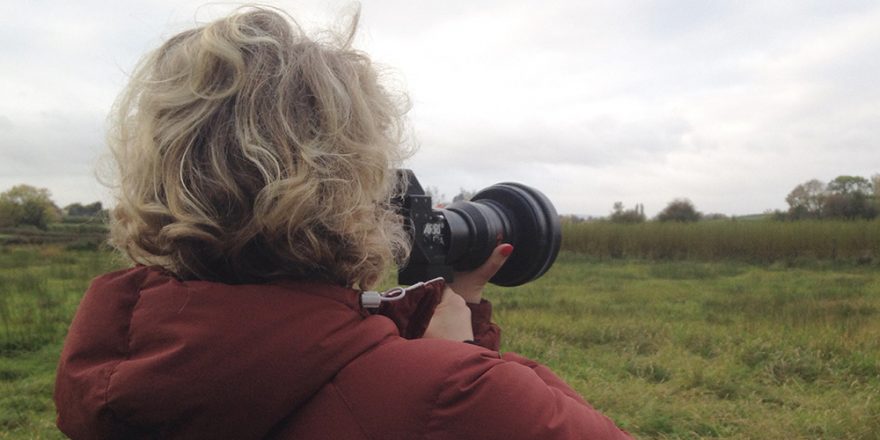Last year, I was at the Austin Film Festival with my feature directorial debut, One Night, and being there was a truly amazing experience. The folks who showed up for the Q&A after my screening were just the most thoughtful and passionate audience you could ever hope for as a filmmaker. It was such a welcome respite from my experiences in Hollywood, where conversations are forever entrenched in “What’re you doing next?” I sensed a real film community composed of people who wanted to share stories because they truly cared about them. All of this felt like a revelation, because for the past few years of living in Los Angeles, the pursuit of filmmaking seemed increasingly foolish.
Why was I so dissatisfied? Firstly, there’s a big gap between the kinds of films I loved seeing growing up, the films that I truly admired — such as Lost in Translation, Do the Right Thing and Adaptation — and the films that are being financed and produced in the independent space now. As costs of production went down, the number of movies proliferated. This is, at its core, a good thing. We need filmmaking from diverse perspectives, and as the barriers come down, people who would not otherwise be able to share their stories finally have the tools to do so.
The unfortunate side effect of all of this is that more and more films look, feel and sound essentially the same. When I was a child, the Sundance laurels were a true mark of quality. I don’t want to rag on the Sundance “indie” movie just for fun’s sake — behind this stereotype is a seed of truth — but how many indie films have you seen recently where the cinematography was uninspired, production and sound design seemed like an afterthought, the dialogue was largely improvised, and by the time the credits rolled, you asked yourself, “What was the point?”
I’ve increasingly looked abroad for inspiration, as some of the most striking, original and bold cinematic visions I saw last year came from overseas: Raw by Julia Ducournau, Under the Shadow by Babak Anvari and Clash by Mohamed Diab, to name a few. I sensed an unfettered freedom in these films, an unburdened approach that I’ve really missed in American movies. What I’ve witnessed is a proliferation in a very specific kind of film — a slight, no-stakes story with name talent — that can be produced at a low enough budget for the film to make its money back on VOD. The question for filmmakers now isn’t “Can we make this?” but “Should we make this?” It goes back to the why.
I’ve been searching for my own why for a long time. It’s a process that requires some serious digging, and I’ve just begun to trust my instincts. I’ve also tried to reconcile my desire to be prolific and productive with creating only what I truly believe in, at a level that I’m proud of. There are additional anxieties that come from the question of whether I’m adding to the conversation, if what I’m saying is valuable to anyone other than myself, and whether I’m uniquely suited to say it. That anxiety genuinely fuels me.
Through social media I’ve met some incredible creative peers and built a community around my work, and my transition from Chicago to Los Angeles was undoubtedly easier because of this. However, I also long for a simpler time when I didn’t know what every single one of my peers was doing. I don’t want to chase trends and I’m not interested in what’s hot or new or exciting. But social media prevalence has made it almost impossible to escape comparisons to my fellow filmmakers. I genuinely believe that if everyone stopped looking around and looked inward, to find what drove them, we’d have a lot more fascinating, weird, off-the-beaten-path work.
It’s never been easy to make movies, but at a studio level right now, I sense fear. I sense that executives want to be reassured, over and over again, that you will not lose them money or cost them their jobs. A great number of them are mitigating risk by banking on pre-existing IPs, remakes, franchises, star-driven films and established filmmakers. A previous generation of filmmakers seem like they had more opportunities to fail, to try out new ideas and develop their voices. Our generation has to do much more with much less; our failures could be career-ending. In the case of women and persons of color, this is especially the case. There is less room for risk on both ends; the stakes are so much higher.
Just a few days ago, Moonlight, budgeted at $1.5 million, won Best Picture at the Academy Awards. It’s a beautiful and emotionally devastating psychological portrait in which all of its formal elements — cinematography, editing, production design, sound and color — are in support of its bigger ideas and themes. After the seeing the film, I found myself in tears. I felt hurt. I felt human. I, too, have been searching for an identity. Los Angeles has a way of making you feel that you’re unimportant, that you don’t matter, that you have to be something other than you are to succeed. But every once in a while, I watch a film that changes me — it completely renews my spirit. It reminds me that my dreams are not unattainable; they’re within reach. They’re right here. I just have to grab hold.



